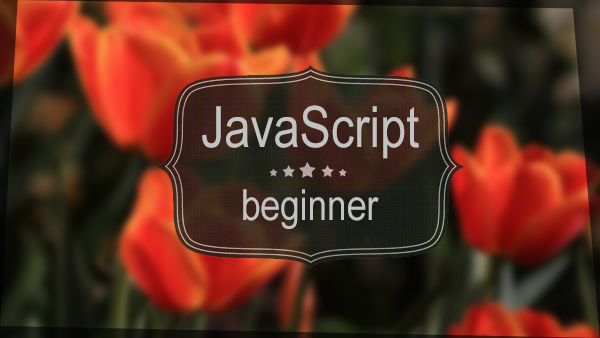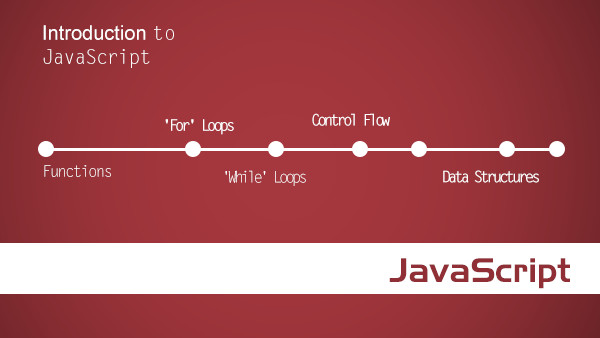随着async /await的出现,我最近发现自己在我的代码中使用了更多try /catch /finally。但老实说,我终于用“finally”做了一点练习。当我去实际使用它时,我有点不确定它的细节。所以我把几个例子放在一起。
#当你 throw 一个 catch
考虑你在一个catch块跑出一个异常。在退出函数之前没有什么可以捕获你的throw。那“ finally”会运行吗??
To find out, just uncomment the example() call at the bottom of the editor!
index.js
function example() { try {
fail()
} catch (e) { console.log("Will finally run?") throw e
} finally { console.log("FINALLY RUNS!")
} console.log("This shouldn't be called eh?")
}// example()控制台结果
at example (index.js:15:0) at e.execute (https://frontarm.com/8058525ee5952d818c1c0e294c9d4365.js:1:29826) at handleUnrequiredPrepared (https://frontarm.com/8058525ee5952d818c1c0e294c9d4365.js:1:26656)
finally运行,即使并没有打印最后一个日志语句!
你可以看到finally有点特别;它允许你在抛出错误和离开函数之间运行,即使抛出catch块。
#尝试没有捕获
您是否知道如果您提供finally块,您也不需要提供catch块?你可能做到了,但值得一提!
接下来的问题是:即使在try块中没有出错,finally块也会被调用吗?如果您不确定,请取消注释编辑器底部的example()以查找。
index.js
function example() { try { console.log("Hakuna matata")
} finally { console.log("What a wonderful phrase!")
}
}// example()控制台结果
[log] Hakuna matata [log] What a wonderful phrase!
是的,即使没有出错也会调用finally。当然,当does出错时,它也会被调用。
这就是finally背后的想法 - 它可以让你处理这两种情况,正如你在这个例子中看到的那样:
index.js
function example() { try { console.log("I shall try and fail");
fail();
} catch (e) { console.log("Then be caught");
} finally { console.log("And finally something?");
}
}// example()控制台结果
[log] I shall try and fail [log]Then be caught [log] And finally something?
#Return and finally
所以最后让你在异常发生时自己清理。但是什么时候什么都不会出错,你只是从函数中“返回”正常...在try块中?
看看下面的例子。example()中的finally块是否可以运行after你已经命中了return语句?取消注释编辑器底部的example()以找出答案!
index.js
function example() { try { console.log("I'm picking up my ball and going home.") return
} finally { console.log('Finally?')
}
}// example()控制台结果
[log] I'm picking up my ball and going home. [log]Finally?
#规则
try /catch /finally上的finally块都将运行 - 即使你提前catch或'return`。
这就是它如此有用的原因;无论发生什么情况,它都是放置不管结果如何,都将要运行都代码的理想场所,比如容易出错的IO的清理代码。事实上,这就是本文的灵感来源。
#我用finally来...
Frontend Armory是一个静态呈现的网站;它是使用名为[Navi](https://frontarm.com/navi/)的工具构建的,它允许您配置将用于呈现每个页面的`renderPageToString()`函数。
为了确保每次调用renderPageToString()都独立于前一个,Navi使用try /catch /finally和一些模糊的node-fu来卸载渲染过程中加载的所有模块。
您可以在GitHub上查看Navi静态渲染器的[完整源代码](https://github.com/frontarm/navi/tree/master/packages/navi-scripts/lib)
let oldCacheKeys = new Set(Object.keys(require.cache))try {
html = await renderPageToString(options)
}catch (e) { throw e
}finally {
process.env.NODE_ENV = nodeEnv for (let key of Object.keys(require.cache)) { if (!oldCacheKeys.has(key)) { delete require.cache[key]
}
}
}从上面的例子可以看出,try /catch /finally也适用于JavaScript的新async /await语法。所以,如果这提醒你需要刷新async /await,那么现在是时候了解我的[掌握异步JavaScript](https://frontarm.com/courses/async-javascript/)
译文出处:https://www.zcfy.cc/article/will-it-finally-a-try-catch-quiz

 随时随地看视频
随时随地看视频




